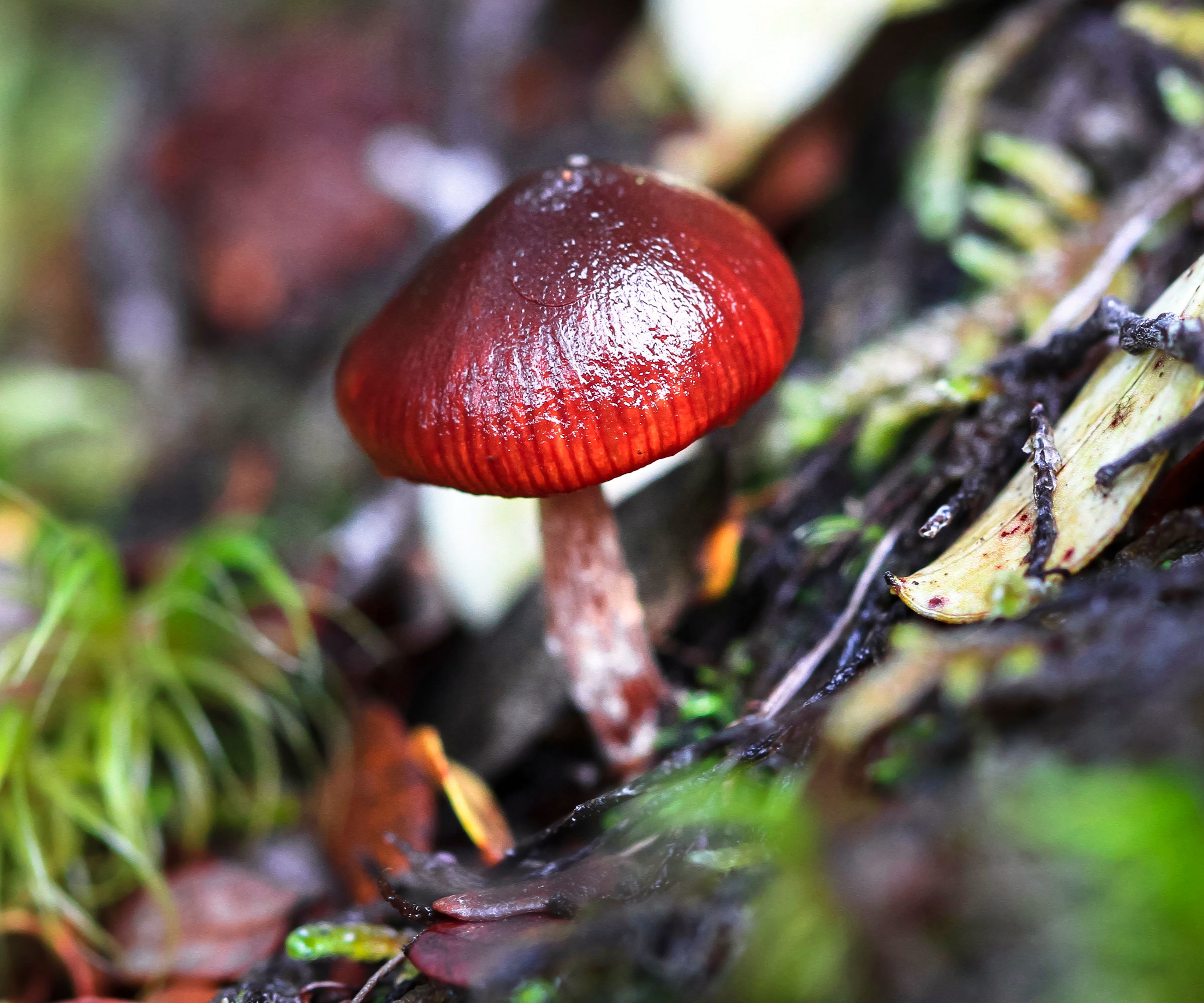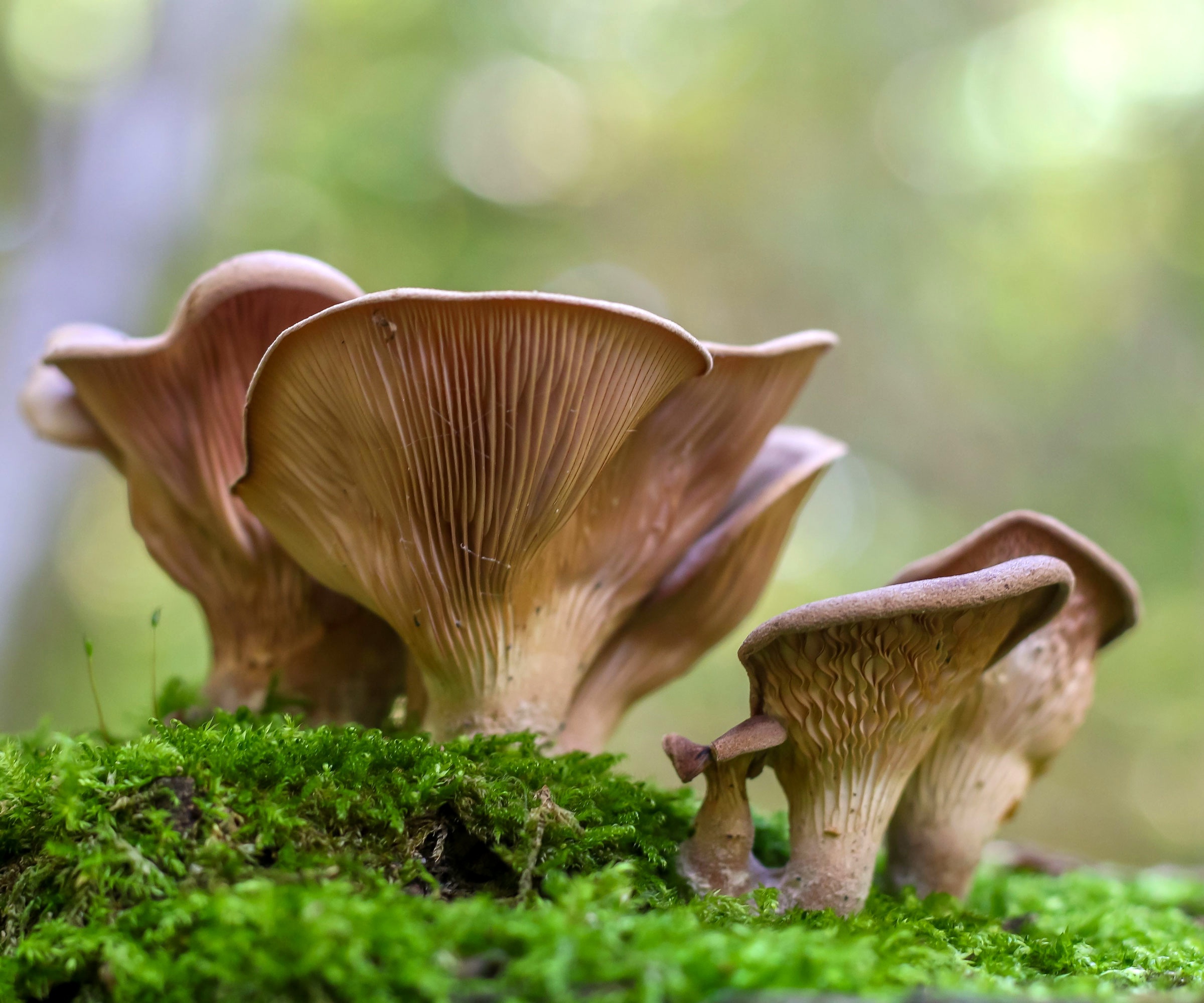Introduction: Mushrooms in the Garden – More Than Meets the Eye
Mushrooms popping up in your garden beds or lawns can feel unexpected. Many gardeners immediately wonder: “Are mushrooms in the garden a bad sign?” The truth is more fascinating. Mushrooms are not random; they’re indicators of what’s happening below the soil surface.
In fact, mushrooms can tell you whether your soil is fertile, waterlogged, compacted, or suffering from root diseases. Some fungi support plant health by recycling organic matter and improving soil fertility, while others warn of hidden issues.
Understanding the meaning of mushrooms in the garden gives you a natural tool to assess soil health and make smarter gardening decisions.
What Do Mushrooms in the Garden Really Mean?
Mushrooms are the visible “fruiting bodies” of fungi. Underneath the soil lies a vast network of fungal threads called mycelium. When conditions are right – usually moisture, organic matter, and moderate temperatures – the fungi send mushrooms to the surface.

Here’s what mushrooms often mean:
- Healthy Soil: Mushrooms thrive in nutrient-rich, organic soil. Their presence can mean your soil is buzzing with microbial activity.
- Moisture Levels: They often appear after rain or heavy watering, signaling that the soil is retaining moisture.
- Decomposition in Progress: Mushrooms help break down organic matter like mulch, leaves, and wood into nutrients.
- Warning Signs: Certain species, like honey fungus, may signal underlying issues such as root rot.
Mushrooms as Soil Health Indicators
Not all mushrooms are created equal. Their type, shape, and location reveal different soil conditions.
- In Lawns: Fairy rings caused by Marasmius oreades can indicate healthy organic soil, though sometimes uneven water flow.
- In Garden Beds: Puffballs or shaggy inkcaps suggest active decomposition, often a sign of fertile ground.
- In Compost: Wine caps thrive in compost heaps, proving your organic matter is breaking down properly.
- Around Trees: Honey fungus mushrooms may warn of root rot in nearby woody plants.
By studying the mushrooms in your garden, you gain clues about your soil’s drainage, fertility, and overall health.
The Role of Mushrooms in Soil Ecosystems
Fungi play a critical role in soil ecosystems. They act as decomposers, recyclers, and sometimes even partners for plants.
1. Decomposition and Nutrient Cycling
Mushrooms break down dead plant matter, releasing nutrients like nitrogen and phosphorus into the soil. This creates natural fertilizer for crops.
2. Mycorrhizal Partnerships
Some fungi form symbiotic relationships with plant roots. These mycorrhizal fungi help plants absorb water and nutrients more efficiently while receiving sugars in return.
3. Improving Soil Structure
Fungal networks help bind soil particles, improving aeration, drainage, and water retention. This makes soil more resilient against drought and compaction.
When Mushrooms in the Garden Are a Good Sign
In many cases, mushrooms are a sign of healthy soil. Here’s when you should celebrate their presence:
- After mulching or composting, mushrooms mean organic matter is breaking down effectively.
- In lawns, scattered mushrooms often reflect thriving microbial life.
- In vegetable beds, mushrooms may show that your soil is fertile and capable of supporting vigorous crops.
These mushrooms are not harmful to plants or people (though not all are edible). Instead, they’re nature’s way of showing that your soil is alive.
When Mushrooms May Signal Problems
Not every mushroom is harmless. Some indicate underlying soil or plant health issues.
- Honey Fungus (Armillaria): Honey-colored clusters around trees and shrubs can indicate root rot. Look for white fungal growth under the bark.
- False Parasol (Chlorophyllum molybdites): A toxic species often found in waterlogged lawns, signaling poor drainage.
- Clusters in Soggy Spots: Excessive mushroom growth in compacted or wet soils highlights drainage problems.
- Amanita Species: Dangerous to pets and children, some produce bright red, yellow, or white caps with warts.
If you suspect harmful mushrooms, remove them carefully using gloves and investigate soil conditions.
Mushrooms in Different Garden Areas and What They Mean
| Garden Spot | Common Mushrooms | What They Indicate |
|---|---|---|
| Lawns | Fairy rings (Marasmius) | Healthy soil, sometimes uneven watering |
| Garden Beds | Puffballs, inkcaps | Active decomposition, fertile soil |
| Compost Piles | Wine caps (Stropharia) | Compost breaking down properly |
| Mulch Layers | Bird’s nest fungi | Active decay and nutrient cycling |
| Near Trees | Honey fungus | Possible root rot in woody plants |
How to Manage Mushrooms in the Garden
If you enjoy the natural look of mushrooms, you can leave them alone. But if you’d prefer fewer fungi or need to address soil issues, here are steps:
- Improve Drainage – Mushrooms thrive in soggy soil. Aerate, loosen, or create raised beds to improve water flow.
- Turn Soil Regularly – Break up compacted earth with a spade or tiller to let oxygen in.
- Adjust Watering – Avoid overwatering. Water deeply but less frequently.
- Add Organic Matter – Compost and mulch support beneficial fungi while balancing soil.
- Remove Harmful Mushrooms – If toxic or invasive species appear, remove them and investigate soil health.
Benefits of Mushrooms for Gardeners

While some mushrooms require caution, many bring hidden benefits:
- Enhance soil fertility naturally
- Reduce reliance on synthetic fertilizers
- Improve soil structure for root growth
- Attract beneficial insects and organisms
- Boost resilience against drought and pests
In short: mushrooms are part of a thriving garden ecosystem.
Frequently Asked Questions About Mushrooms in the Garden
1. Are mushrooms in the garden dangerous?
Most are harmless, but some species like Amanita are toxic. Always avoid consumption unless you are certain of the species.
2. Should I remove mushrooms from my lawn?
It’s not necessary unless they pose risks to children or pets. They will disappear naturally as conditions change.
3. Why do mushrooms appear after rain?
Moisture triggers fungal growth, pushing mushrooms to the surface as part of reproduction.
4. Can mushrooms help my vegetable garden?
Yes. Many mushrooms improve soil fertility and help vegetables grow stronger.
Final Thoughts: Mushrooms as Nature’s Soil Health Indicators
Mushrooms in the garden don’t have to be alarming. They are nature’s way of telling you about soil health. While some may flag problems like poor drainage or root disease, most signify fertile, organic-rich soil alive with microbes.
Instead of viewing mushrooms as a nuisance, see them as free soil health indicators. By observing them closely, you can uncover fascinating secrets beneath your garden’s surface and make smarter choices for plant growth.


1 thought on “Don’t Panic if You See Mushrooms in the Garden – They Can Help You Unearth Fascinating Soil Health Secrets”
Pingback: I Always Do These 7 Things When Bringing Houseplants Back Indoors — Plant Expert’s Proven Tips for a Smooth Transition - Garden Luminous Tales